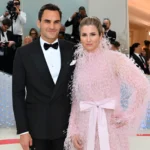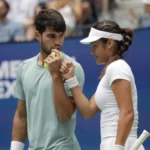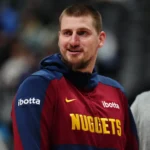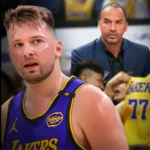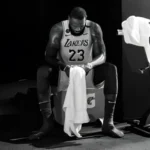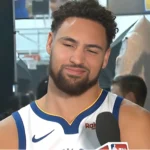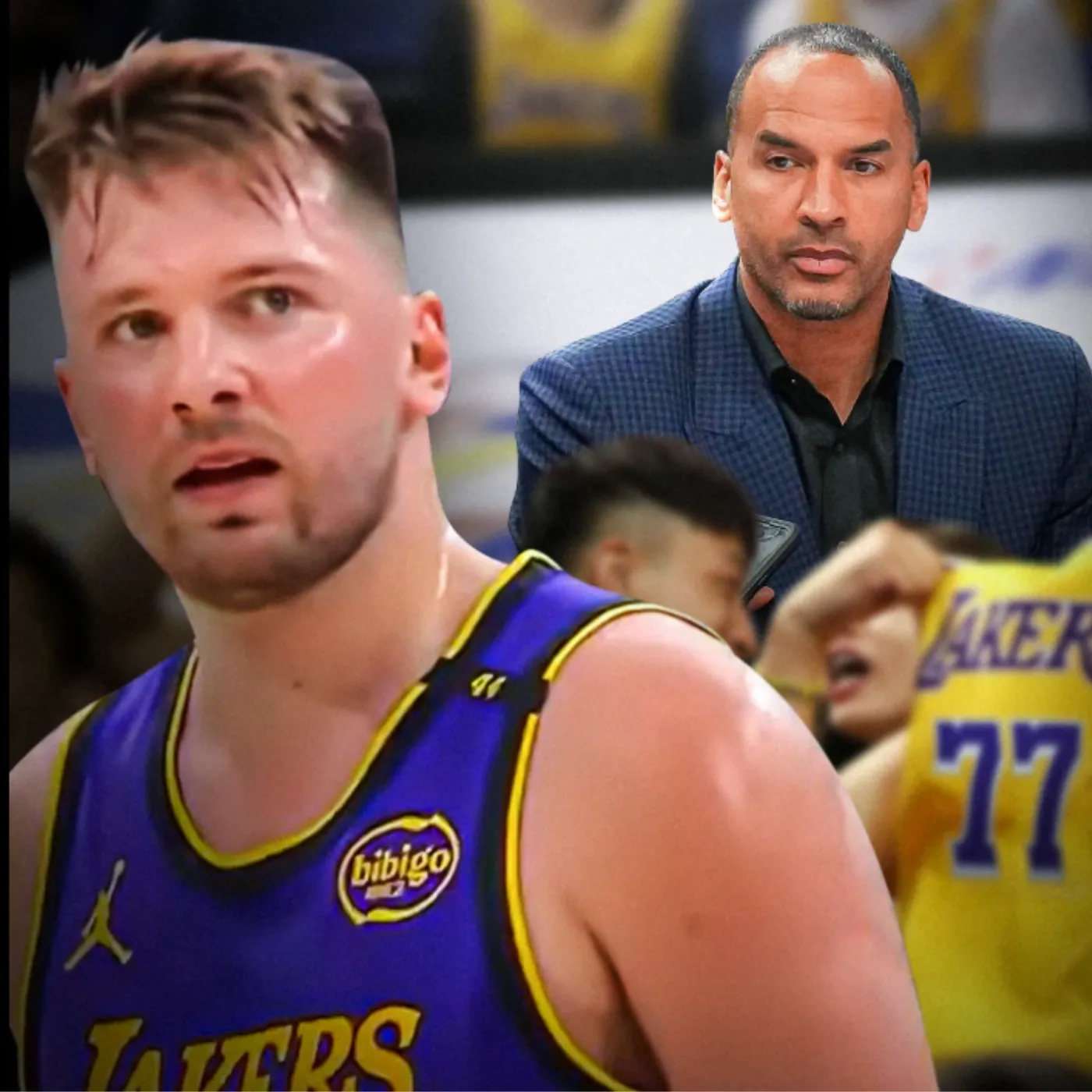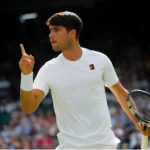

Sixers Boast a New Big Three for 2025-26 — But the Guard Logjam Could Tear It All Apart
The Philadelphia 76ers are standing on the edge of another pivotal season, and the stakes could not be higher. After a disastrous 24-58 campaign that crushed playoff hopes and soured fan enthusiasm, the franchise is banking on continuity, health, and a few intriguing additions to turn the tide. With Joel Embiid, Paul George, and Tyrese Maxey locked into max contracts, the Sixers have little room for dramatic changes. Yet the organization insists that getting healthy means getting competitive again. Still, when you look deeper, questions about rotations, chemistry, and long-term planning keep surfacing — and not all of them come with clear answers. Here are five major curiosities surrounding the Sixers’ roster heading into the 2025-26 season, each carrying its own drama, doubt, and potential payoff.
The Big Three: Will They Finally Play Together Enough to Matter?
When Paul George signed last summer, the Sixers believed they had the perfect 1-3-5 formula: Maxey as the lightning-quick All-Star guard, George as the versatile wing, and Embiid as the MVP anchor in the paint. On paper, it was a dream alignment. In reality, it barely existed. Injuries limited the trio to just 294 minutes across 15 games. That is not a sample size; it is a mirage.
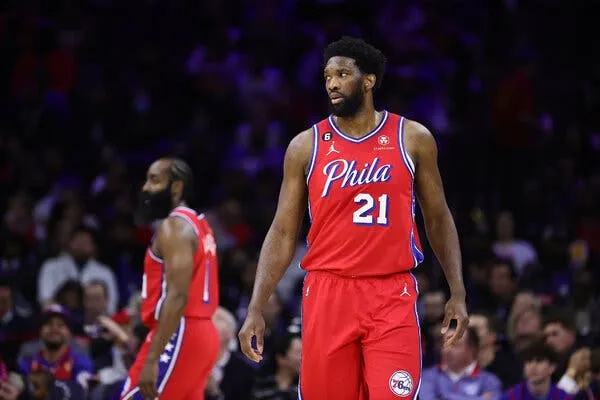
Now comes the real question: can they stay on the floor long enough to build actual chemistry? Embiid is 31, George is 35, and both carry long injury histories. Embiid’s dominance when healthy is unquestionable — early in 2024 he was scoring at a pace that broke models, over a point per minute, feeding off an unstoppable two-man game with Maxey. George, however, looked inconsistent last year, struggling at times to beat defenders off the dribble and showing flashes of decline.
The Sixers are walking into this season knowing they may have to manage minutes, schedule rest days, and accept setbacks. That could delay chemistry even further. Maxey, who already carried too much of the load last season before his own injury, might again be asked to shoulder more than intended. Fans have every right to wonder: is this big three experiment already past its expiration date before it truly began? Or can it still transform the Sixers into a legitimate contender if luck finally tilts their way?
The Guard Logjam: Too Much of a Good Thing?
Philadelphia’s backcourt is suddenly overflowing with talent — and questions. Tyrese Maxey is the clear star and cornerstone. Rookie VJ Edgecombe, drafted third overall, is raw but electric, with defensive tools and athleticism that screamed lottery talent. Jared McCain, last year’s rookie surprise, has the ability to score and handle lead-guard responsibilities. Then there’s Quentin Grimes, whose free agency saga has dragged into September but whose value as a two-way guard is undeniable.
Put simply: that is a lot of guards. Nick Nurse has already hinted at three-guard lineups, a setup that could be both thrilling and volatile. Maxey can play off the ball, McCain and Grimes can initiate offense, and Edgecombe can cause chaos with defense and transition speed. But who closes games? Who sacrifices touches? Edgecombe is likely the odd man out early, but his development is essential to the Sixers’ long-term plan.
Meanwhile, this logjam complicates roles for wings like Kelly Oubre Jr., who quietly became a starter the last two seasons. Will the Sixers lean small and fast, or stick to traditional balance? It’s the kind of “good problem” that can either ignite innovation — or create internal friction when egos and minutes collide.
The Yabusele Hole: Can Anyone Replace the Unexpected Contributor?
Last year’s chaos had a silver lining: Guerschon Yabusele’s resurgence. The forward averaged 11 points, 5.6 rebounds, and 2.1 assists while playing 70 games on a veteran minimum contract, giving Philly an energy boost in an otherwise lost season. He’s now in New York with the Knicks, and the Sixers are left searching for his replacement.
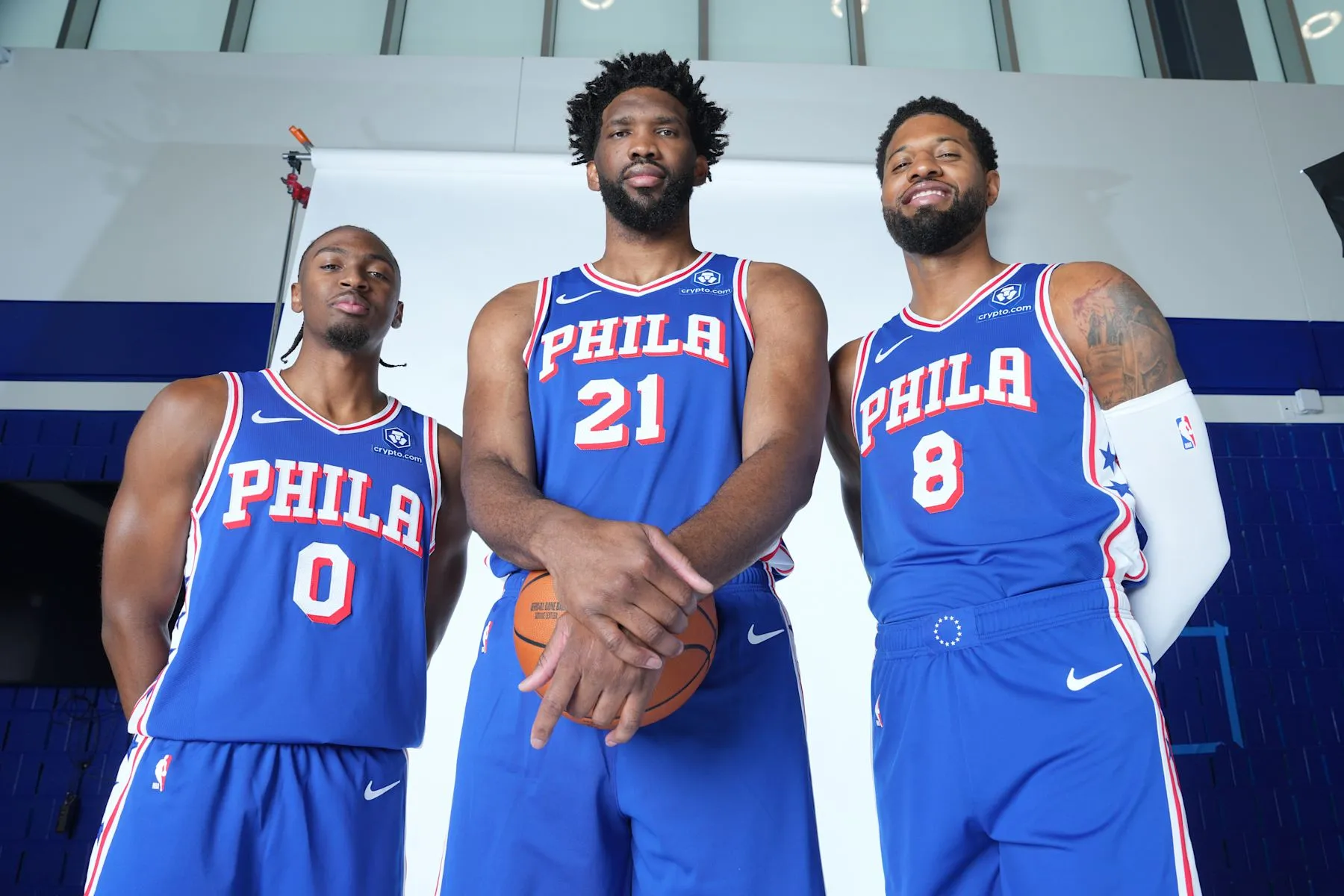
There may not be a one-to-one solution. The plan might instead lean on three-guard groups with George sliding to power forward. Still, two names stand out: Trendon Watford and Jabari Walker. Watford brings intriguing playmaking skills for a forward, while also being one of Maxey’s closest friends — a chemistry factor that should not be underestimated. Walker, meanwhile, has the profile of a hustle player: rebounding, energy, defensive effort. Neither has Yabusele’s outside shooting consistency, though both have been working to extend their range.
The Sixers also signed Dominick Barlow on a two-way deal. While it’s unlikely he cracks the rotation immediately, his youth and motor make him a player worth watching. Replacing Yabusele’s production might be less about one body and more about committee contributions.
The Young Core: Ready to Take Another Step?
If there was one true benefit to last season’s injury-riddled disaster, it was the unexpected development of rookies Justin Edwards and Adem Bona. Both were thrown into heavy minutes, and both showed real flashes. Edwards has a natural feel for the game, often making the right play instinctively, and his size allows him to defend multiple positions. Bona, meanwhile, is a highlight machine with his explosiveness, though his offensive game remains raw.
The Sixers are counting on these sophomores to contribute in complementary roles this year. Edwards could be the versatile forward who fills holes when lineups skew small. Bona could be the backup center, especially given lingering concerns around Andre Drummond’s health. The veteran struggled badly with a toe injury last season and never looked like the reliable Embiid insurance policy he once was.
Then there are veterans Kyle Lowry and Eric Gordon. Both are back. Both are respected. But both looked every bit their age last season. Will they offer more than locker-room presence and sideline wisdom this year? That remains an open question. If they can’t, the pressure on Edwards, Bona, and the rest of the youth will only intensify.
The Final Roster Spot: A Quiet Move That Could Change Everything?
The Sixers waived Ricky Council IV in July, leaving an open roster spot. On the surface, it seems minor. In practice, it’s fascinating. That slot could be used for depth at a position of need, or it could become a trade sweetener, allowing the Sixers to take back more players without cutting someone.
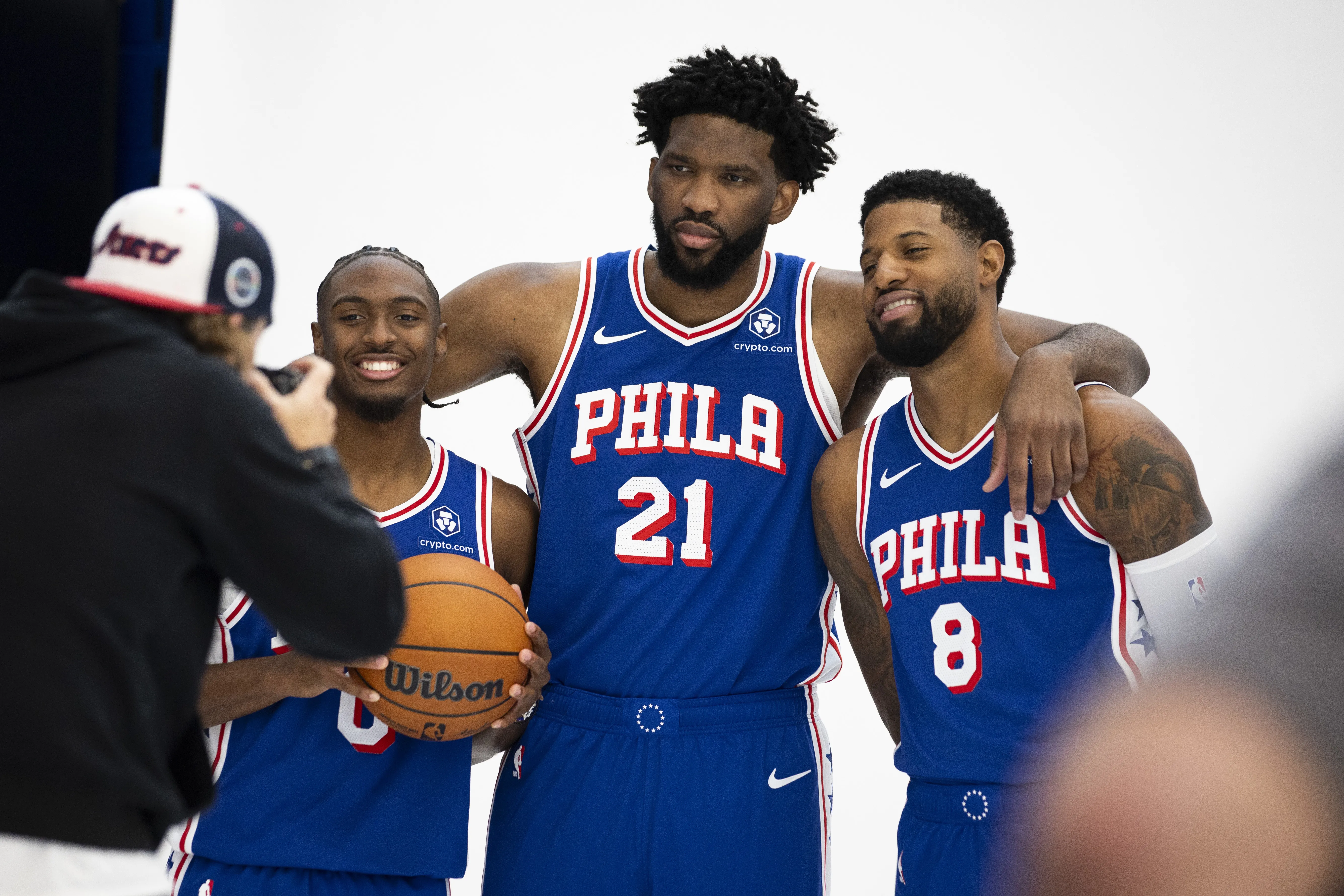
History shows that late-offseason signings or midseason pickups can swing momentum — think buyout veterans or unexpected role players who suddenly click. Will the Sixers go after another forward to balance lineups? A defensive-minded big? Or simply hold the slot as a flexible chess piece for later? How they fill this hole might tell us more about their intentions — whether they are truly chasing contention this year, or quietly hedging toward development and patience.
The Verdict: A Season Balanced on Health, Chemistry, and Patience
The Philadelphia 76ers enter the 2025-26 season with as many unknowns as answers. The Embiid-George-Maxey core still looks great on paper, but time and injuries will determine whether it ever lives up to its billing. The backcourt logjam is both exciting and problematic. The forward rotation remains unsettled. Young players are promising but unproven. Veterans are respected but fading. And the open roster slot adds an element of mystery to the months ahead.
The truth is simple: the Sixers’ future hinges on availability and adaptability. If Embiid stays on the floor, if George finds another gear, if Maxey thrives with less burden, if the guards mesh instead of clash — then Philadelphia could re-emerge as a true Eastern Conference contender. But if health breaks down again and chemistry never forms, fans may find themselves staring at another wasted season, one where hope outweighed reality.
The Sixers don’t need perfection. They just need enough health and cohesion to unlock the potential they’ve been selling since last summer. Whether that happens or not will decide if this season is a revival — or just another frustrating rerun.


